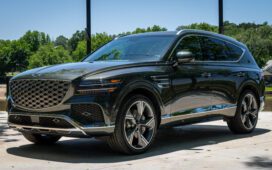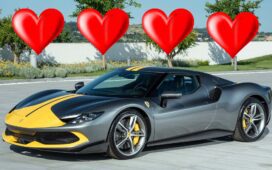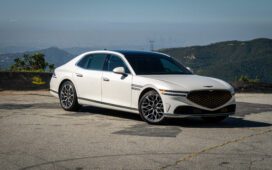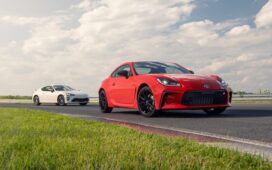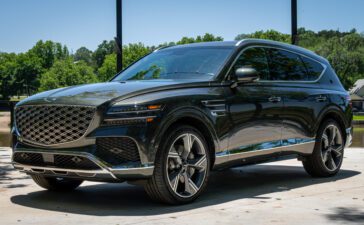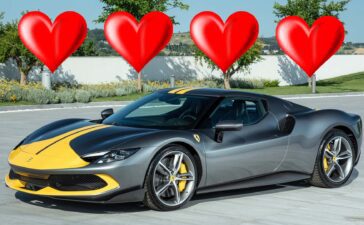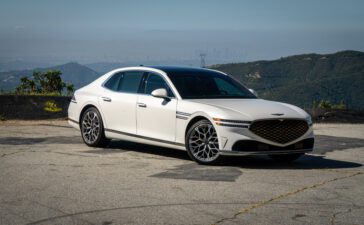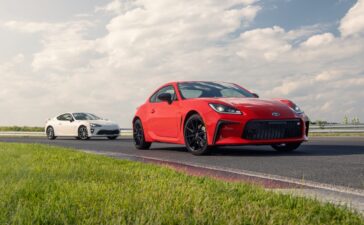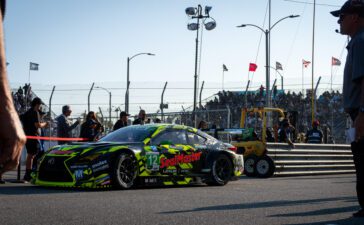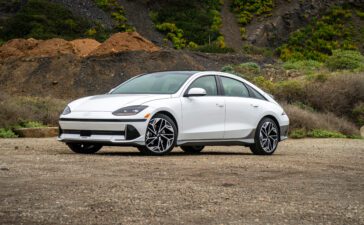Hold up! This won’t be your typical listicle. Because this time, it’s all about my favorite five! Or who knows? They could be yours, too. Each year, at the beginning of December, Hagerty delivers an early Christmas present to the automotive community in the form of the annual Bull Market list. These predictions draw upon the brain trust that helps Hagerty accurately peg collector car valuations, using key statistics that range from insurance quote requests to the age of potential owners and even how many cars leave the country each year—all with the goal of selecting ten vehicles that seem set for a rise in value in the coming 12 months.
A word with Hagerty before we begin…
After perusing the list, I spoke with the Bull Market concept’s progenitor, Hagerty VP of Content Larry Webster, to suss out whether his impressions of the cars matched my own. But first, he cautioned me that nobody should just pick one of the cars at random and expect to make money hand over fist.
“We publish this data just to say we do have a sense that there’s some knowledge and some expertise here,” Webster said. “But you know, this is not to replace your 401(k), it’s just to show how cheap owning and enjoying one of these cars could be. That is the goal, first and foremost, is to really help people feel comfortable about investing a significant amount of money in a classic car.”
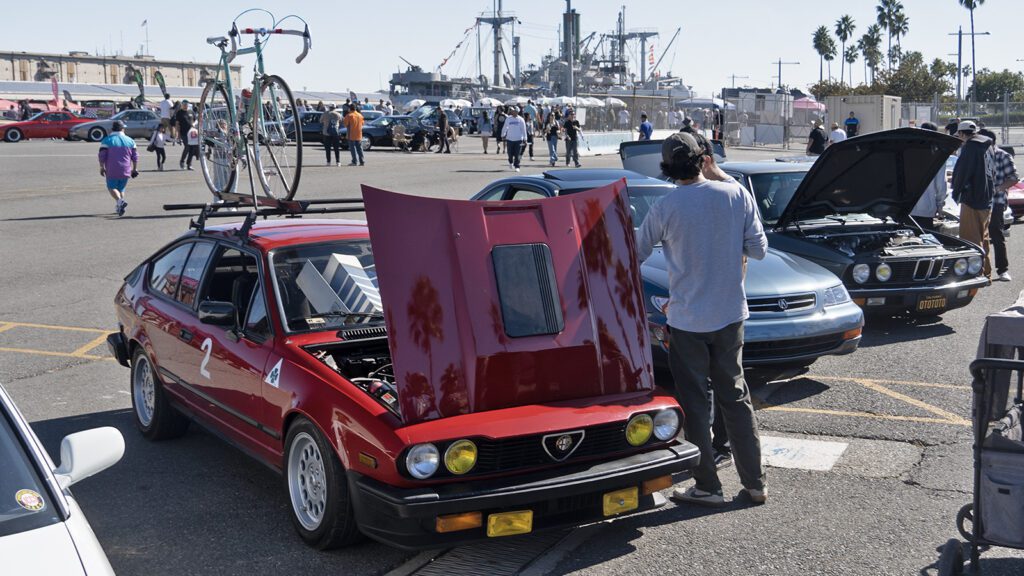
In total, Webster estimates that over seven years of Bull Market prophecies, about 90% of cars have earned value since appearing on the lists. But as always, the old investing caveat that past success does not guarantee future performance comes into play. Actually, compiling this new list required a bit more effort than over the past handful of iterations since recent boom times (pandemic-related or not) seem to be nearing an end.
“It’s definitely a buyer’s market at the end of 2023,” Webster said. “The past few years, taking a guess, you were likely to be right that the car would go up in value, especially as you factor in inflation. So now, the hardest part for us is making sure we have a good cross-section of cars. And that means not only price, but also era.”
For collectors and enthusiasts alike, our five faves may one day spike in value. But at the very least, anyone who decides to take a leap of faith can hope to potentially break even over the course of ownership, maybe with a little luck thrown in for good measure.
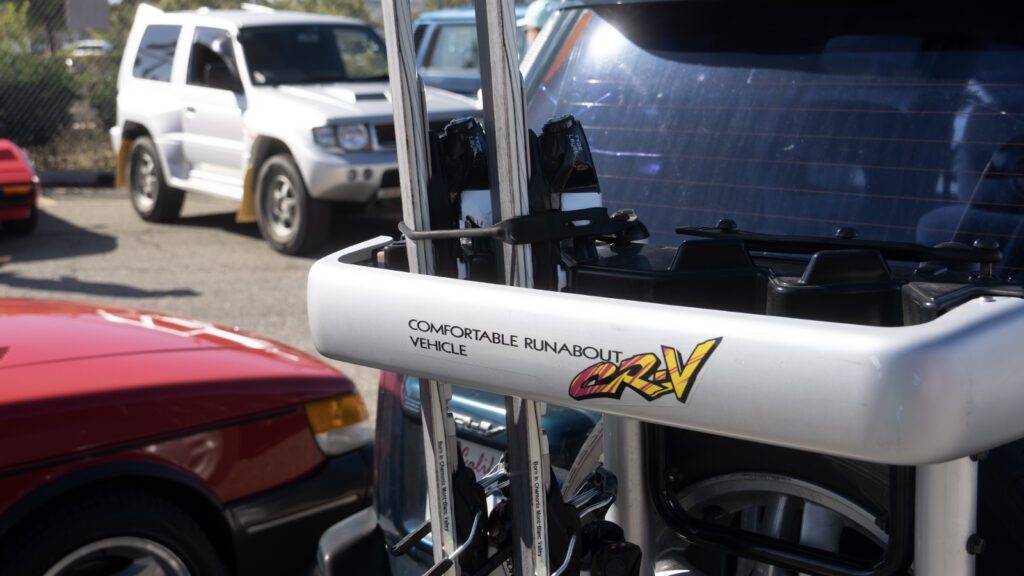
This year’s Bull Market list ran the gamut from boomer backup options to oft-maligned 21st-century masterpieces. Here at Acceleramota, our predilections certainly lean towards the latter, so our favorite five cars mostly hailed from the late ‘90s and early 2000s: the Plymouth Prowler, Jaguar XKR, E92 BMW M3, Mitsubishi Pajero Evolution, and Jeep CJ-8 Scrambler.
(Editor’s note: The added insight and provided photography wouldn’t be possible without the amazing people behind Hagerty. A million thanks to Larry Webster for chattin’ it up with Michael, and a million more to photographers Cameron Neveu and James Lipman. Don’t worry. We promise we’ll never stop driving.)
1997-2002 Plymouth Prowler



Of course, we need to start with the most controversial and unexpected inclusion on the 2024 roster: that unbelievable bit of retro nostalgia known as the Plymouth Prowler (later sold with Chrysler badging, in purest Chrysler fashion). No matter the nomenclature, though, nobody understood the Prowler when it debuted in 1997. Presumably, a bunch of Chrysler engineers came back from a bender with the goal of reviving hot-rod enthusiasm in Detroit, only to pitch the bean counters who then shot down any hopes of real fun.
The resulting parts-bin special lacked a V8 engine, instead using a 3.5-liter V6 paired with a four-speed automatic. Talk about missing the mark within a tiny, open-wheeled, fender-flared wedge body. A matching trailer even came optional from the factory to compensate for the lack of storage space, an indication that a lame powertrain and creature comforts simply couldn’t live up to what must have been a rip-roaring original concept.
And yet, I recently rode in a Prowler and found myself surprised at the engine’s pep, the transmission’s aggressive shifting, and the overall fun of rolling around at axle height of modern SUVs and pickup trucks. Still, with other retro designs that include the Chevy SSR pickup truck, the PT Cruiser, and the HHR, the Prowler stands out as perhaps the boldest—and it could be argued that the retro craze it typified then helped to revive the Camaro, Mustang, Charger, and Challenger for the current modern muscle car era. Webster thinks Chrysler possibly jumped headlong into the historicity a little prematurely, way back when.
“I kind of wonder if that car was 20 years too early,” he mused, “You’re sort of aiming for this boomer audience that grew up with those hot rods… The idea of substitution is happening where, as the interesting cars go up in value, folks start to look around and say, ‘Hey, I’ve got 30 grand, not 60, what can I get and what’s fun and what’s interesting and what’s really uncommon?’ And the Prowler really fits that list.”
Whether enough Boomers decide to give up on their ‘32 Deuce dreams and buy a Prowler in 2024 seems dubious, personally, given the impressive range of current muscle cars on the market today. Then again, for pure entertainment’s sake, I sure hope to see more of these latter-day hot rods hitting the roads, and maybe Hagerty has provided just the nudge they need.
2000-2005 Jaguar XKR
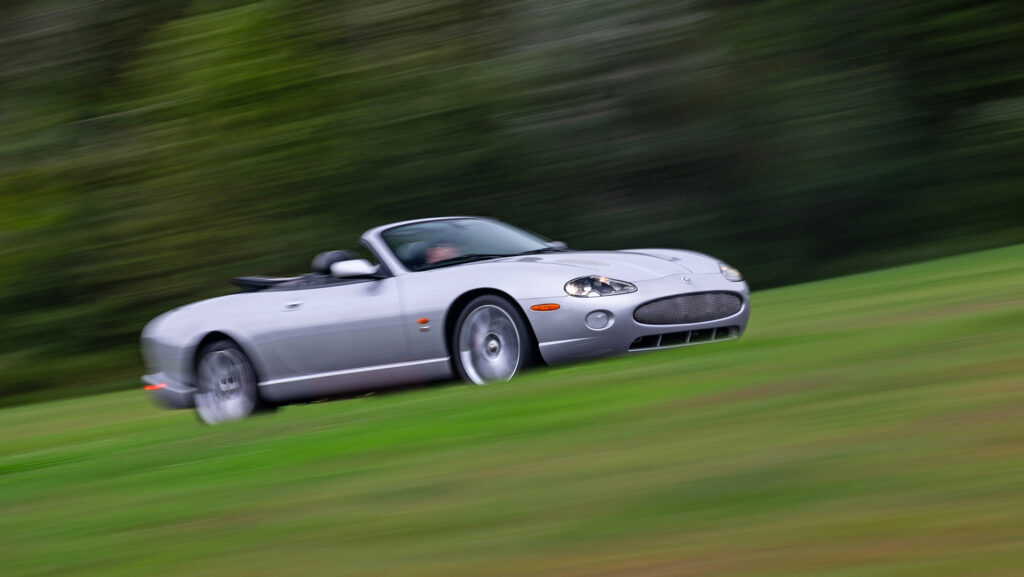

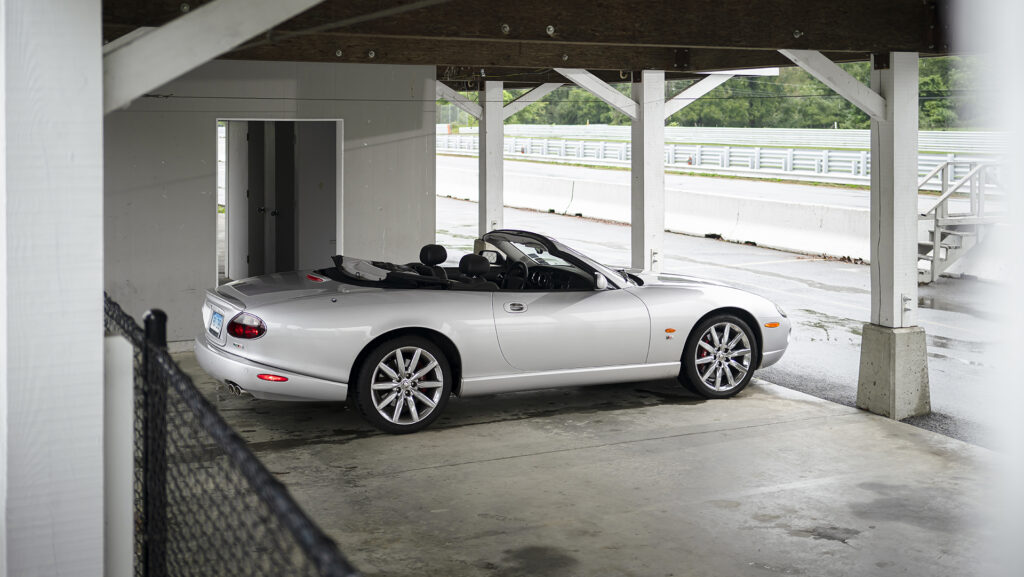
Around the turn of the millennium, Jaguar also leaned into smooth retro-inspired styling to release the XK8 and its top-spec trim, the high-performance XKR. Both came in coupe and convertible form, helping to stoke a fire under Ford’s ownership that had dimmed into embers thanks to a series of bland touring sedans over the previous decades. The marketing push even included silver screen stardom—sort of, anyway—when Tim Allen drove an XK8 in the 1997 rom-com For Richer or Poorer. But the XKR’s powertrain, for the time, was definitely no joke.
Stepping up to the R added a 2.0-liter Eaton supercharger and dual intercoolers to the XK8’s 32-valve V8, bumping output up to 370 horsepower and 387 lb-ft of torque. Later years also included a step up to 4.2 liters and even a new ZF six-speed automatic. In my mind, the XK8’s clean lines always housed a rat’s nest of treacherous electrical gremlins, but Webster disagreed.
“A lot of people bought ’em and parked them, so they didn’t drive ’em,” he said, to the surprise of nobody. “And that was almost over a decade after Ford bought Jaguar, so I know there’s still a lot of jokes, and maybe that XKR is not as reliable as an Accord, but that Jaguar is just a lot of car for the money. You get a powerful, stylish, very comfortable convertible with a top that works. And the coupes are gorgeous.”
Having never even sat in an XK8 or XKR, I wondered whether Jaguar’s boat-like driving dynamics carried over to the new era under Ford. Hagerty’s team each year drives all the Bull Market cars, so I figured Webster might know first-hand. Sure enough.
“The XKR versions are surprisingly sporty,” he explained. “I know what you mean. Just a regular XK was exactly like you’re talking about. But when you went to the R version, they’re crisp, very responsive, and very capable sports cars that nobody thinks of in that way.”
At around $20,000 or so, Jag’s combination of design and power sounds moderately respectable, even if a curb weight of 3,700 pounds makes me doubt any true canyon carving capabilities. But with zero personal knowledge backing up that impression, I can only hope that this Bull Market entry can fly under the radar enough to help the potential purchase price stay low enough for the right buyer.
2008-2013 BMW M3

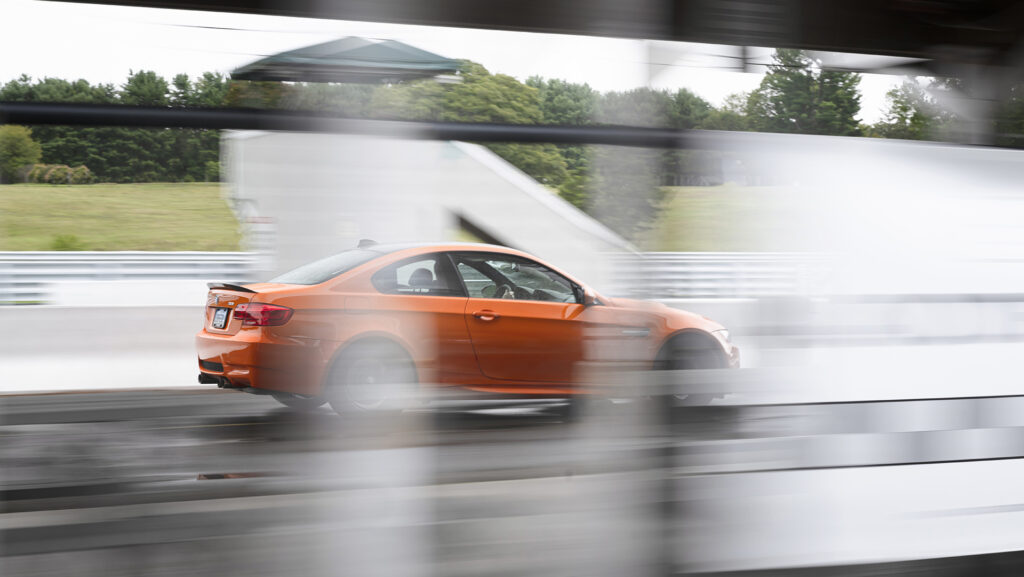
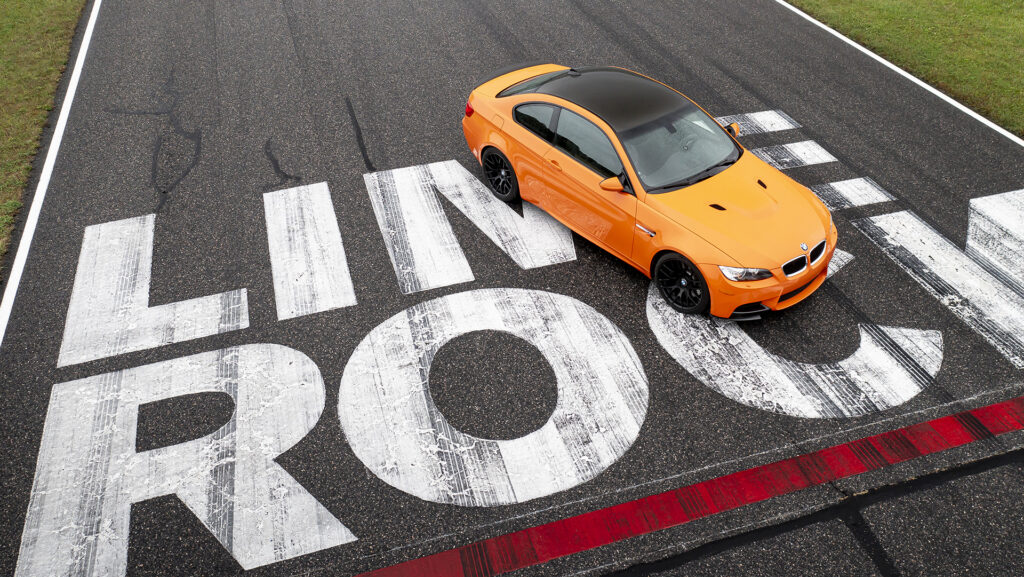
Probably the least surprising car on the 2024 Bull Market list also sits at the top of the performance spectrum: BMW’s E9X-generation M3. On second thought, though, the fact that anyone might have called the E92 M3 something of a sleeper seems doubly surprising. Doesn’t everyone already know about this car?
For enthusiasts in general and BMW fans in particular, this M3 stands apart from the pack as the only generation with a V8 engine, which received individual throttle bodies helping produce a screaming redline of 8,400 RPM. Sure, the curb weights started creeping up once BMW ditched the naturally aspirated inline-sixes of the E36 and E46 generations—and, critically, before turbochargers entered the conversation—but at least in coupe form, an E92 still weighed between 3,500 and 3,600 pounds.
That high-flying 4.0-liter S65 V8 also put down 414 horsepower. Don’t forget a six-speed stick shift. And, again, talking in strictly coupe form, it is quite possibly the last clean profile in BMW’s illustrious, then incomprehensible design history. But again, everyone knows all this, right?
“I did hear someone say we may have been maybe a year or two late on that E92,” Webster admitted. “A lot of what the Bull Market does, especially with newer cars, it just tracks when the depreciation curve bottoms out.”
High-mileage E9X M3s have long hovered above $30,000. And Hagerty believes excellent condition cars already sit higher than $40,000. I find an M3 trading hands for the same money as a 996 Porsche 911 Turbo completely insane, so the prospect of serious appreciation and profits here seems minimal—but for a driver’s car with the rod bearing job already done, maybe anyone who buys an E92 M3 can manage to at least avoid dropping too much cash throughout their ownership since it will inevitably drip coolant all over the driveway on a regular basis.
1997-1999 Mitsubishi Pajero Evolution

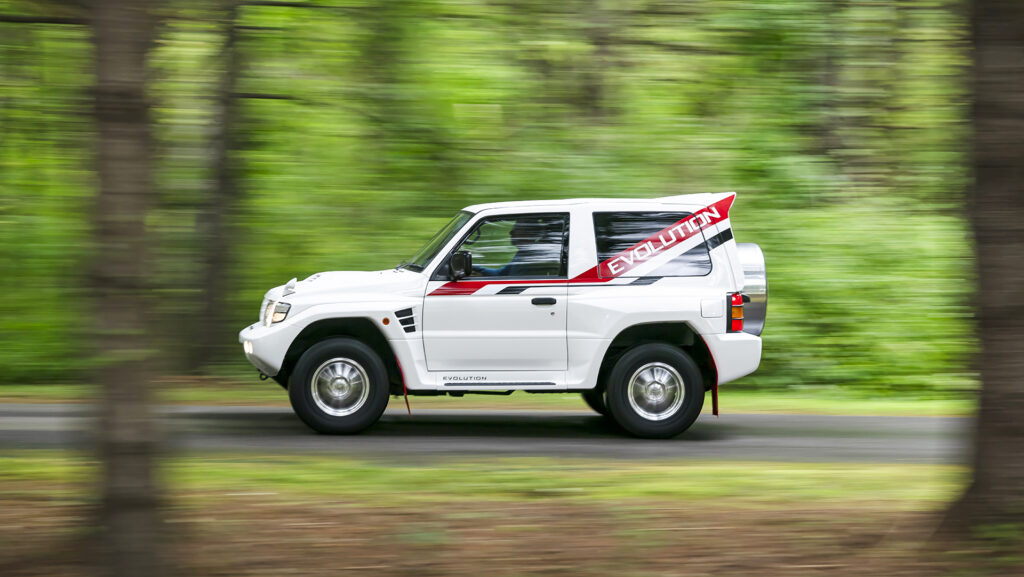
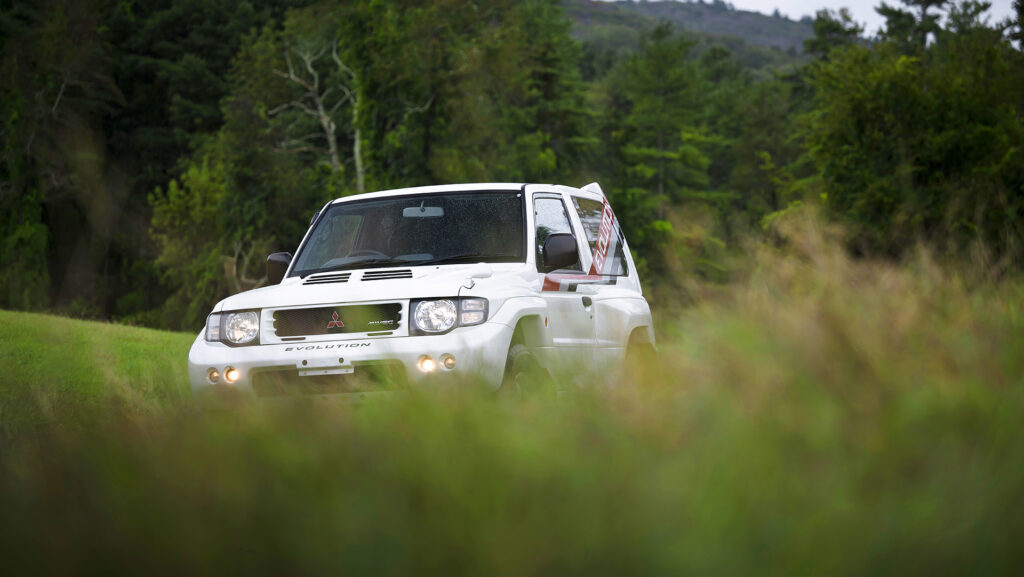
This year’s Bull Market list included one car never sold in America originally, something that Webster and his team typically try to avoid when possible. But nobody can resist the infection that already plagued me years ago, and it’s at this point that I must admit I already own a Mitsubishi Pajero Evolution. So, take everything from here on with a grain of salt, even as I attempt to do my utmost journalistic responsibility and present the greatest car ever made in a fair and balanced light.
The PajEvo, as those of us in the know call it, is obviously the star of the show. It’s also likely the second-rarest on this list, other than the Lamborghini Countach 25th Anniversary, with a total production run estimated at only around 2,500 units. And the Mitsu’s fender flares entirely outshine the Lambo’s since only one of the two cars can claim legit rally provenance as a true homologation special. Webster’s main reason to perhaps slash the Pajero Evolution from this year’s list came down to availability.
“Last year, the valuation team had this Nissan Pulsar,” he revealed, “A JDM, really cool hot hatch. And I rejected it because I said, ‘Look, people have to be able to buy these things. If there’s five of ’em in the country, of course, they’re going to be worth more.’ And then when this one came up, I gave ’em the same argument, was very against it. But they convinced me that there were enough around that there actually is a market. You could buy one.”
Knowing a fellow Montero owner on the valuation team, I assured Webster of the relative availability. There’s even a nice one for sale in Downtown LA right now! In fact, once past the 25-year rule, a wave of PajEvos immediately hit auction sites and online listings, so my cohorts and I believe about 60-70 examples have already landed, with more on the way. But values definitely peaked early, then hit a bit of a trough—from which I keep waiting for this Evo to climb out.
As the winningest Paris-Dakar Rally car of all time, with hilarious Batman-meets-Gundam angles, a 3.5-liter MIVEC V6 engine with port injection tuned to “276 horsepower” during the Gentleman’s Agreement years, and a wheelbase about as short as an Escort Cosworth, this Pajero leaves all kinds of third-world truckiness behind. It’s fast! It’s a billy goat off-road! And it’s comfortable, with unique Recaro seats, too.
Of course, finding the boatload of parts unique to the Evo presents a challenge, and I do worry about ripping around on dirt trails—not enough to stop me, though. My main fear driving the PajEvo? That value will climb enough that I simply have to cash in and lock in my potential profits. So yeah, thanks, Hagerty.
1981-1986 Jeep CJ-8 Scrambler
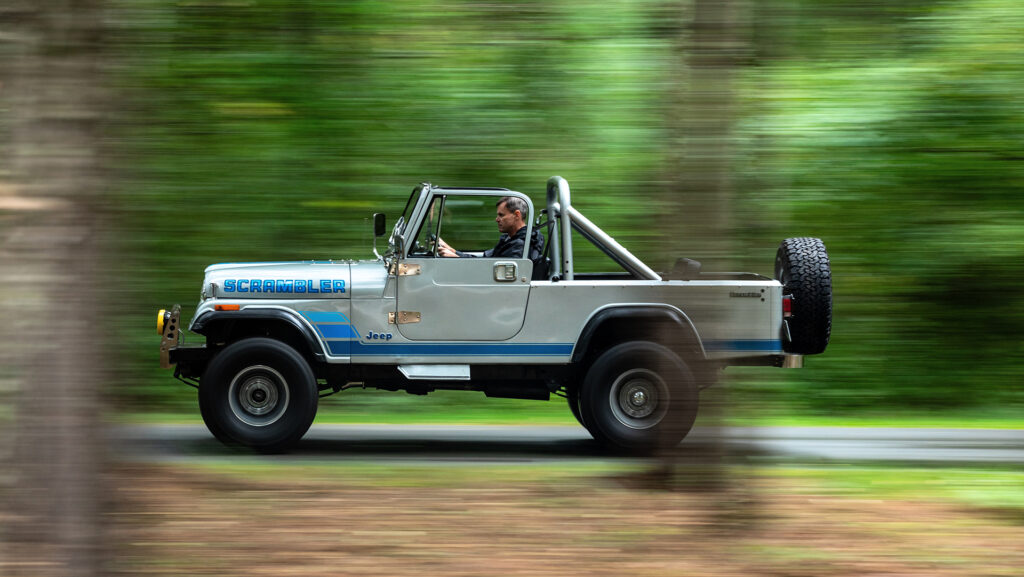
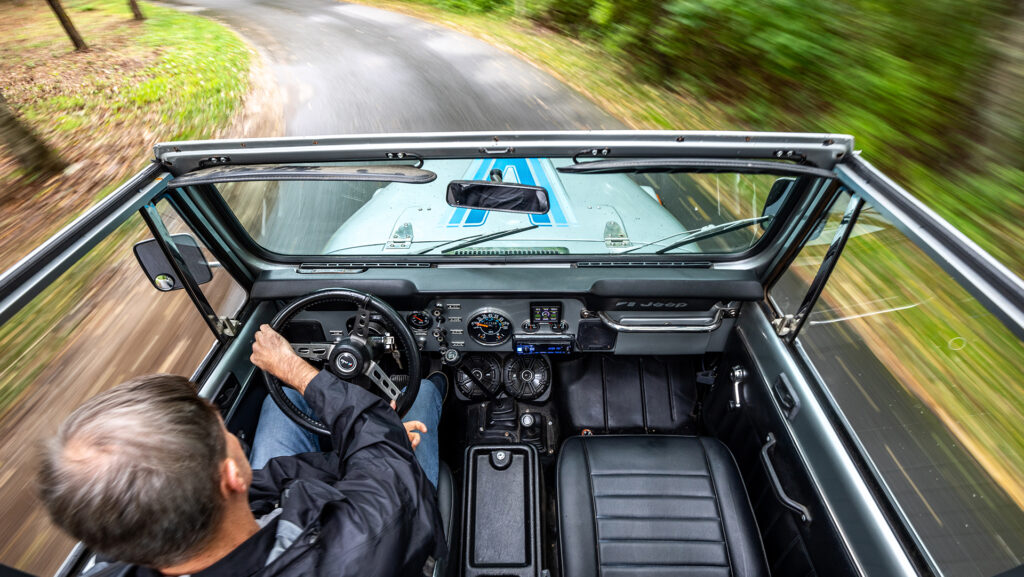
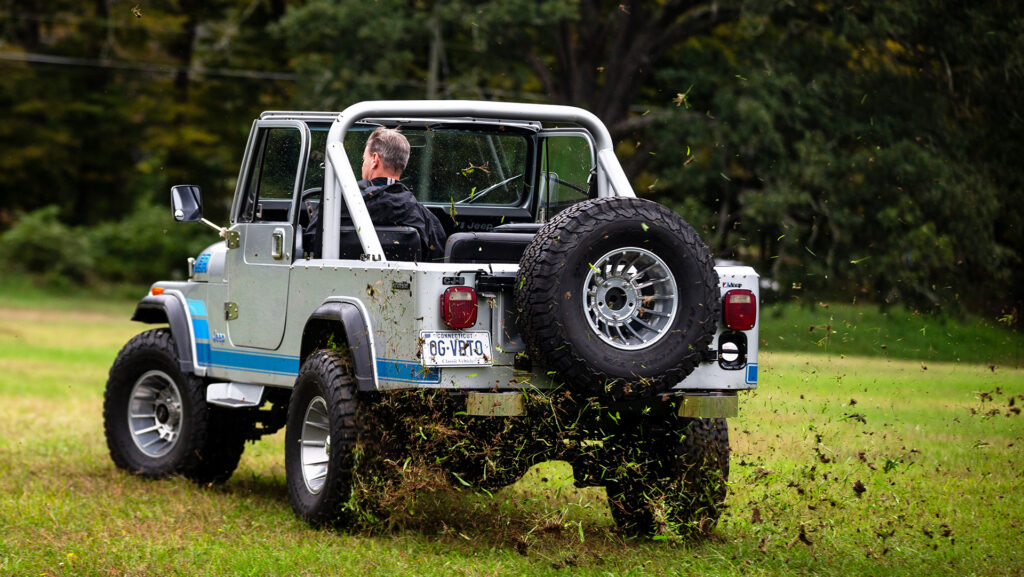
For the most knowledgeable JDM collectors who do covet a Pajero Evolution and who have the money to buy a pristine example, any real off-roading will probably never take place. But anyone who wants a classic 4×4 to wheel with confidence can take a look at another of this year’s Bull Market inclusions, the Jeep CJ-8 Scrambler. Something of a predecessor to the modern Jeep Gladiator pickup, the Scrambler similarly tacked a small truck bed onto the back to mix off-road capability with work duties and daily utility.
The Scrambler can easily match or eclipse the quintessential Americana of two other classic Detroit icons on Hagerty’s list, the Chevy Impala SS or Chrysler Town & Country (not the boxy minivan, though, which I’d love to see make an appearance someday). Surely, the pandemic-inspired off-roading boom helped Hagerty pick this Jeep, right?
“We’re just seeing so much more interest in vintage SUVs,” Webster said. “And you know, the funny thing is, you could count on your hand the number of off-roading vehicles built in the seventies and eighties. Scouts, CJs, Broncos, the early Blazers, and you’re done.”
Scouts and Broncos have already hit the moon, with the K5 Blazer well past low Earth orbit, too. But then I mentioned that I’m currently shopping for a Mitsubishi Mighty Max to haul around motorcycles—yes, I am aware that nobody can help me—and maybe a Scrambler might be a perfect option, too. Webster laughed.
“You’re too young for this, but that truck had a really cool ad campaign, which I think does a lot for its value later on,” he recalled. “They had the Jeep Scrambler, the pickup version, with a couple of dirt bikes in the back, and that was the photo in their print ads. So my generation gets to that age where they have some disposable income, they’re going to look for something like that.”
In comparison to the Pajero Evo, finding parts and registering a Scrambler both sound much more reasonable. And much lower values currently for funky examples make a project truck turn into an overlander, a whole different can of worms, too. But if a Gladiator sounds too passé, maybe a CJ-8 Scrambler can more squarely nail the combination of classic style, four-wheeling fun, and daily driver, all with the hopes that dropping a chunk of change into a Jeep pickup won’t result in the same kind of immediate depreciation as buying a new truck. And that’s the whole point of Hagerty’s Bull Market list, after all. So jump in headlong while you can.


